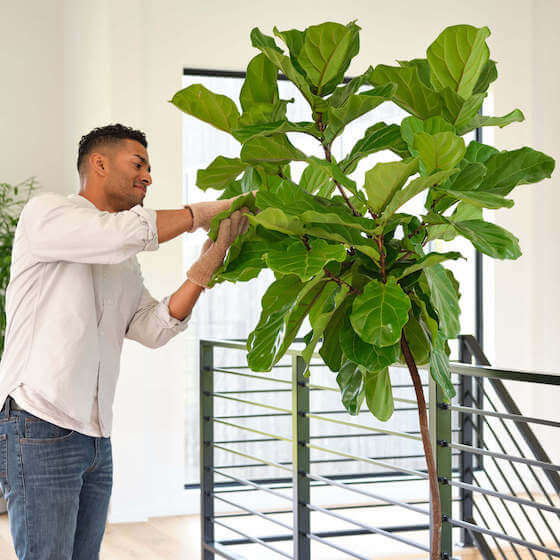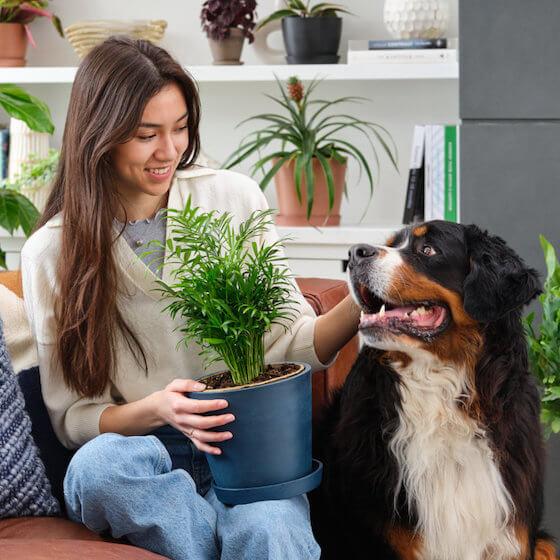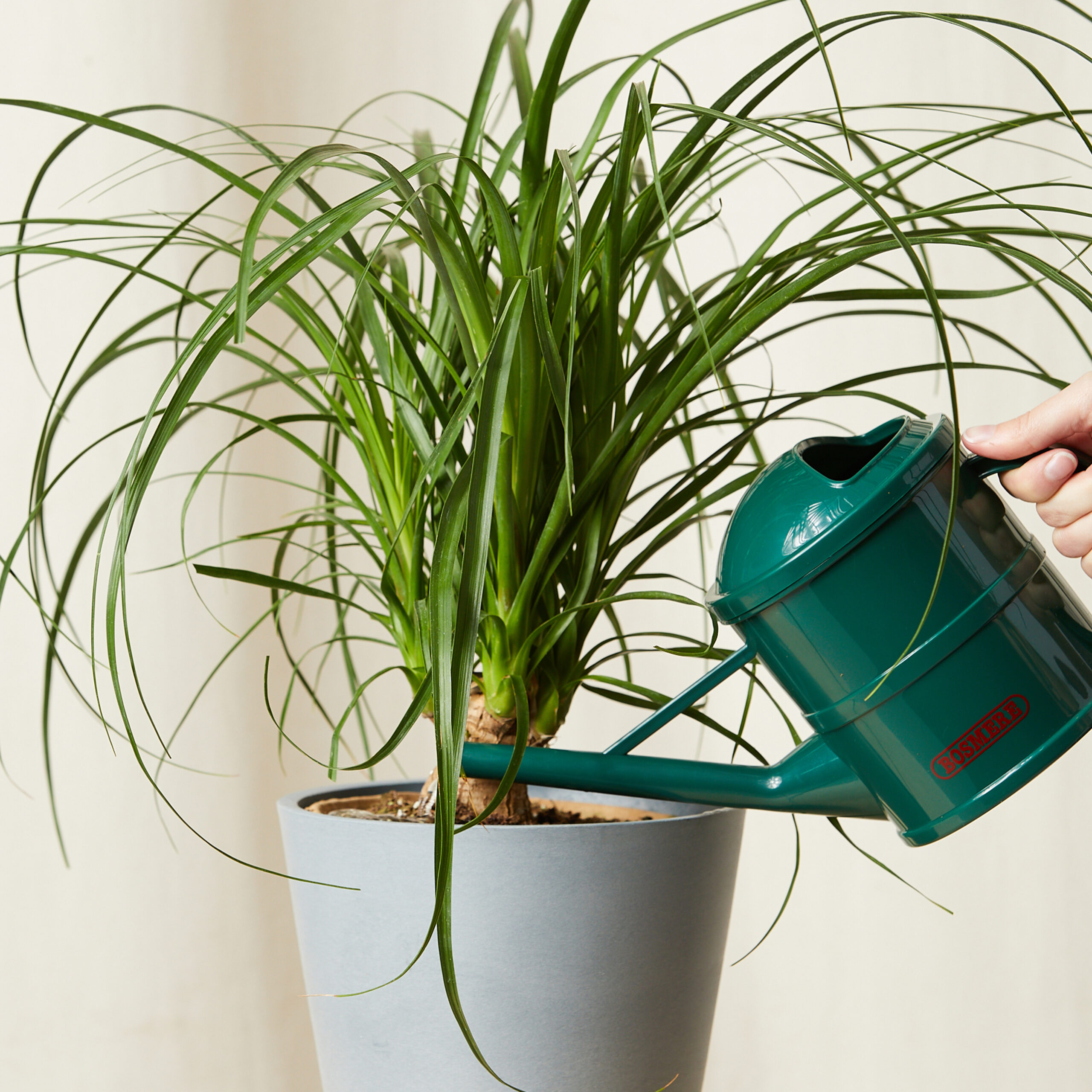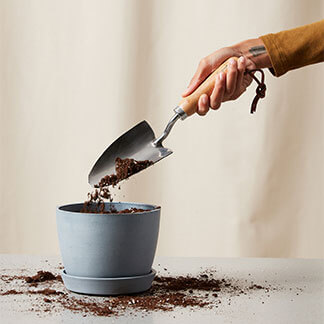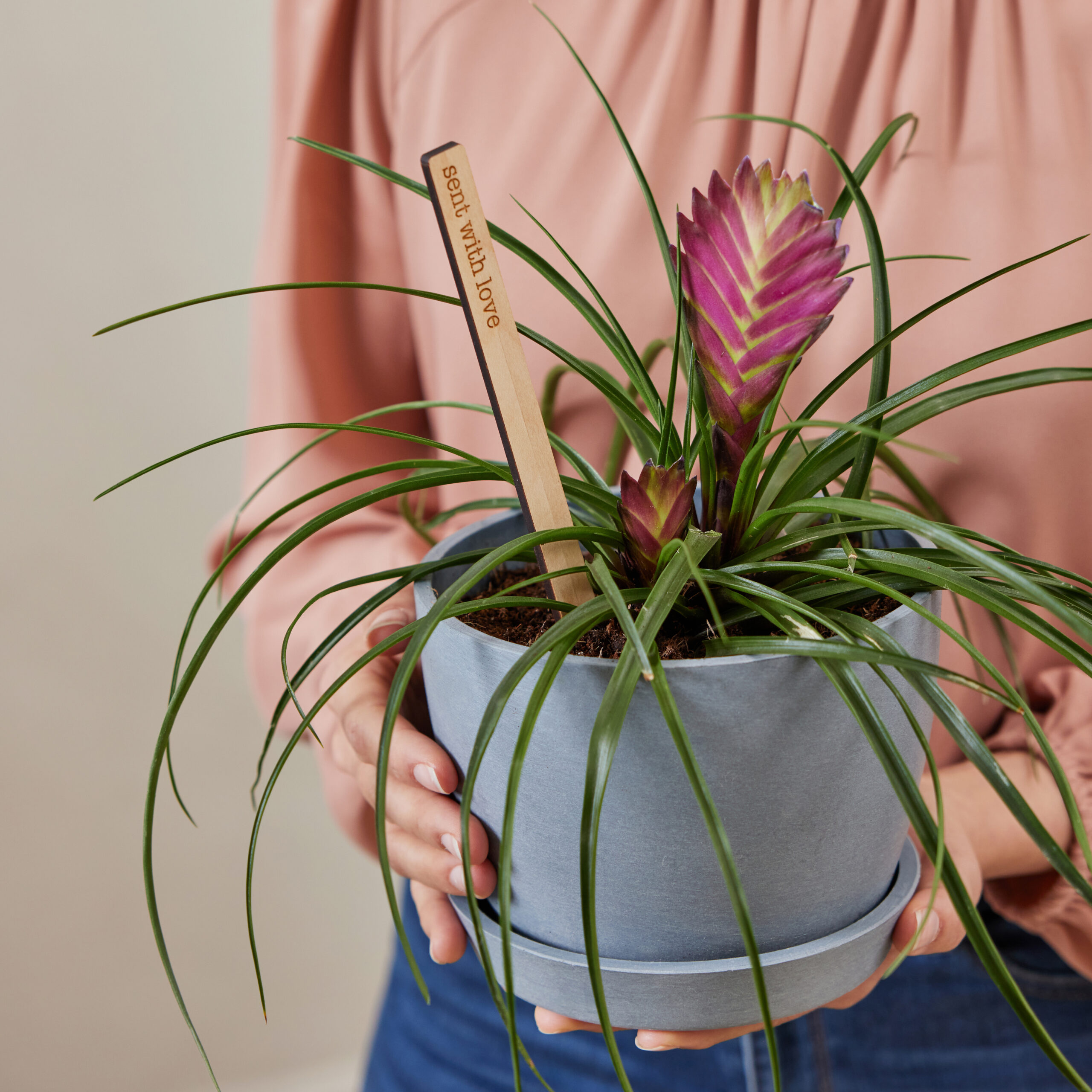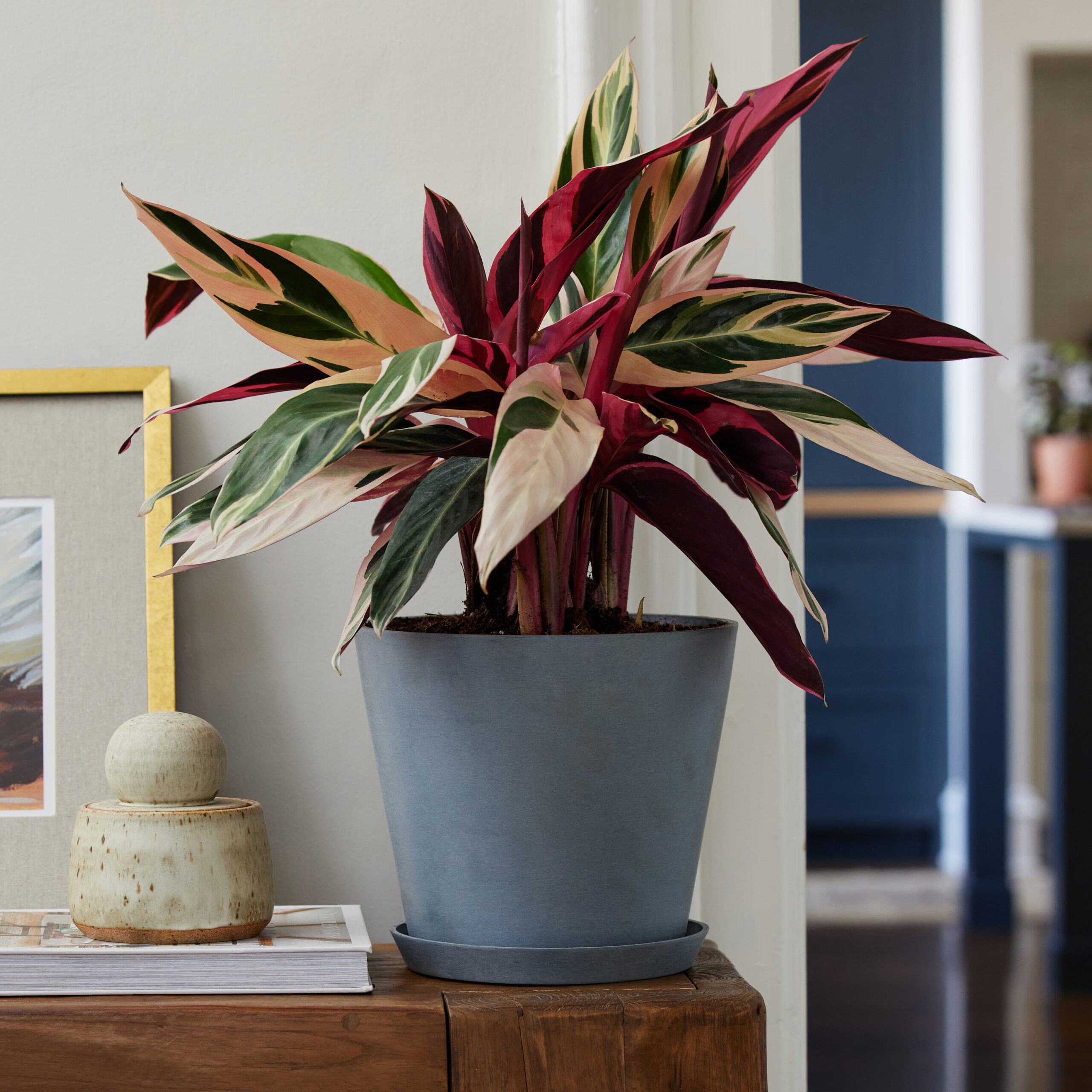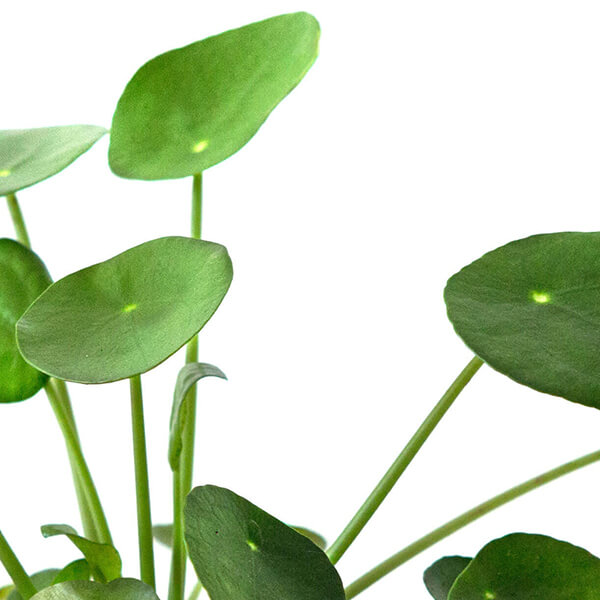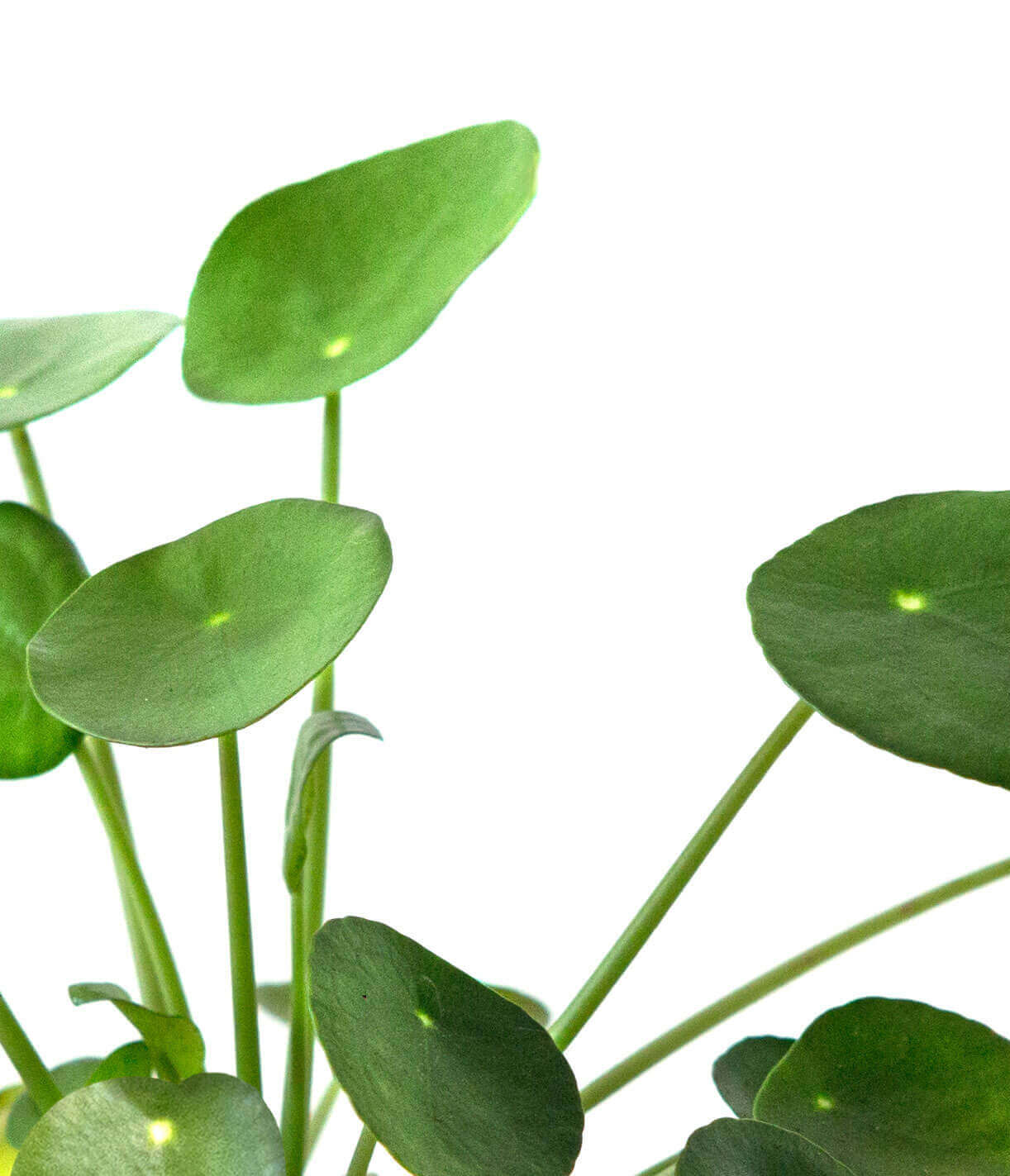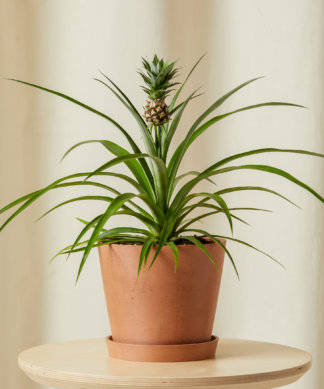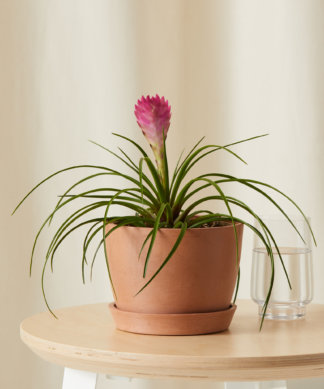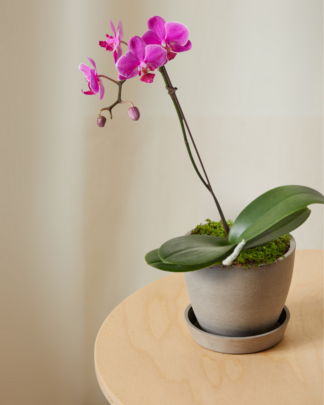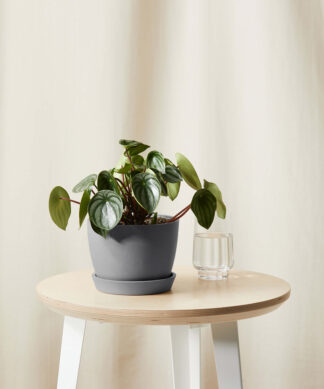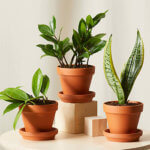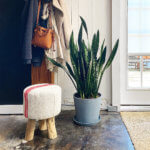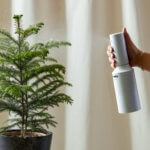How to care for your Pilea
Use these instructions to care for a Pilea. This guide will tell you how to water a Pilea; its light, temperature, humidity preferences and any additional care it might need to help it grow.
Pilea
The Pilea Plant’s lush greenery thrives when placed by a window or grow light. You can also rotate your Pilea to promote more even growth. However, you’ll need to keep your plant away from direct sunlight, as it would harm its leaves.
Drooping leaves provide the best indicator for watering your Pilea Plant. In between waterings, allow the soil to completely dry out. Then water your plant thoroughly, ensuring proper drainage.
Average humidity provides adequate moisture for your Pilea, but your plant also loves an occasional misting to keep its leaves free of dust and mites.
Your Pilea Plant will flourish in average household temperatures. Just remember to keep it away from drafts or heater vents to maintain a comfortable atmosphere for your plant.
Your Pilea prefers monthly feedings during the spring and summer. A balanced, all-purpose fertlizer benefits this plant the most. Be sure to follow the product’s instructions to avoid overfeeding. During the fall and winter, your Pilea goes into dormancy, so fertilizing is not necessary.
Your Pilea Plant is pet-safe and non-toxic to humans. As with most plants, however, avoid ingesting the leaves.
If you notice white spots on your Pilea, they are most likely caused by salts and chemicals in your water. If you do not have a filtration system, leaving the tap water in an open container overnight before watering can help remove some of the chemicals.
Pilea Baby Tears
Your Pilea Baby Tears will be happiest in medium to bright light. Keep out of the direct sun–it will burn the foliage.
Water your Pilea when the top 75% of the soil is dry. Water until liquid flows through the drainage hole at the bottom of the pot and discard any water that has accumulated in the saucer.
Your Pilea Baby Tears does not require extra humidity, but a generous misting every now and again will be appreciated.
Your Pilea Baby Tears prefers temperatures between 55-80 degrees during the day and should not get colder than 55 degrees at night.
Feed once a month during the spring and summer with a liquid fertilizer for indoor plants.
The Pilea Baby Tears is non-toxic to pets and children.
If you notice white spots on your Pilea, they are most likely caused by salts and chemicals in your tap water. If you do not have a filtration system, leaving the tap water in an open container overnight before watering can help remove some of the chemicals by evaporation.
Pilea Moon Valley
Your Pilea prefers bright to medium indirect light. It can tolerate low light, but it may become leggy and dull. Avoid extended exposure to direct sunlight, which can scorch its leaves.
Water when 25-50% of the soil volume is dry. Water slowly, allowing it to soak into the soil until it drips out of the drainage hole. Discard any excess water that accumulates in the saucer.
Your Pilea prefers higher than average household humidity. Add a pebble tray, group plants to create a humid microclimate, or place a humidifier nearby.
Your Pilea prefers temperatures between 60° – 80°F.
Feed once per month in the spring and summer with an all-purpose fertilizer for indoor plants. Do not apply fertilizer to dry soil.
This plant is considered non-toxic and pet-friendly.
Pilea plants benefit from an occasional trim, which will encourage them to stay full and bushy. Cuttings can easily be rooted in moist soil to grow your collection or share with friends. If you notice the coloration becoming dull, try moving the plant to a spot with brighter, indirect light.
Pilea Pan Am
Your Pilea prefers bright to medium indirect light. It can tolerate low light, but it may become leggy and lose its vibrant color. Avoid extended exposure to direct sunlight, which can scorch its leaves.
Water when 25-50% of the soil volume is dry. Water slowly, allowing it to soak into the soil until it drips out of the drainage hole. Discard any excess water that accumulates in the saucer.
Your Pilea prefers higher than average household humidity. Add a pebble tray, group plants to create a humid microclimate, or place a humidifier nearby.
This plant prefers temperatures between 60-80°F. Keep it away from drafty windows and air vents.
Feed once per month in the spring and summer with an all-purpose fertilizer for indoor plants. Do not apply fertilizer to dry soil.
This plant is considered non-toxic and pet-friendly.
Pilea plants benefit from an occasional trim, which will encourage them to stay full and bushy. Cuttings can easily be rooted in moist soil to grow your collection or share with friends. If you notice the coloration becoming dull, try moving the plant to a spot with brighter, indirect light.
